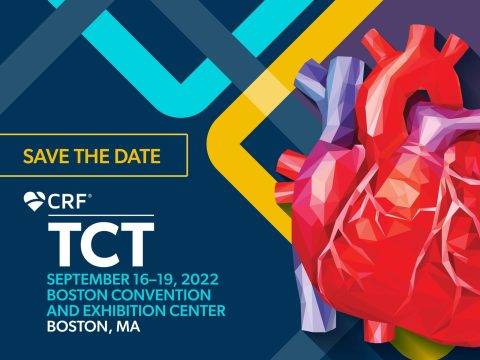The BEST study was a prospective, randomized study to compare percutaneous coronary intervention (PCI) with everolimus-eluting stents vs. myocardial revascularization surgery (MRS) in patients with multivessel disease.

The analysis was interrupted early due to slow patient inclusion. The study included 880 patients, who were randomized 438 to the PCI arm and 442 to the MRS arm. Mean patient age was 64 years old, and most subjects were male. The most frequent clinical presentation was stable angina or asymptomatic patients. The mean Society of Thoracic Surgeons (SYNTAX) score was 24.
In the PCI arm, the intravascular ultrasound (IVUS) use rate was 71%, and 50.9% of patients underwent complete revascularization. In the MRS arm, complete revascularization was performed in 71% of patients.
The primary endpoint (PEP) was a composite of death, acute myocardial infarction (AMI), or treated-vessel revascularization at 2 years. In this time frame, there were no differences between groups. However, when analyzing results at 4.6 years, the PEP was greater in the PCI arm (15.3%) compared with the MRS arm (10.6%; p = 0.04). The rates for repeat revascularization and spontaneous AMI were significantly higher after PCI than MRS.
In this session of the TCT 2022, results from the 10-year follow-up were presented. The PEP was 34.5% for the PCI arm vs. 30.3% in the MRS arm (p = 0.26). There were no significant differences in the composite of death, AMI, or stroke, nor in all-cause mortality.
Read also: TCT 2022 | Pulmonary Artery Denervation in Primary Pulmonary Hypertension.
Once more, the rate of spontaneous AMI and the need for repeat revascularization were more frequent in the PCI arm. It should be noted that this difference was driven by the non-treated vessel. During the presentation, it was further discussed that results when using IVUS with PCI offered no significant differences compared with the MRS arm.
Conclusion
During 11.8 years of follow-up, there were no statistical differences between PCI (using a second generation everolimus-releasing stent and IVUS) and MRS in terms of all-cause mortality, AMI, or treated-vessel revascularization rates. Spontaneous AMI and repeat revascularization were higher in the PCI arm compared with the MRS arm. Results from this study with a long follow-up provide important information that could assist when defining a revascularization strategy in patients with multivessel disease.

Dr. Andrés Rodríguez.
Member of the Editorial Board of SOLACI.org.
Original Title: EES or CABG for Multivessel CAD. Extended follow-up outcomes of BEST Trial.
Reference: Jung-Min Ahn Md et al.
Subscribe to our weekly newsletter
Get the latest scientific articles on interventional cardiology





